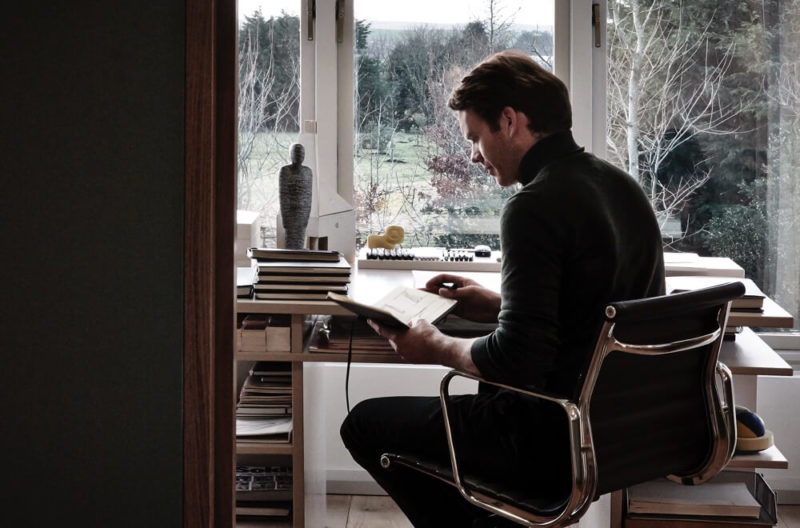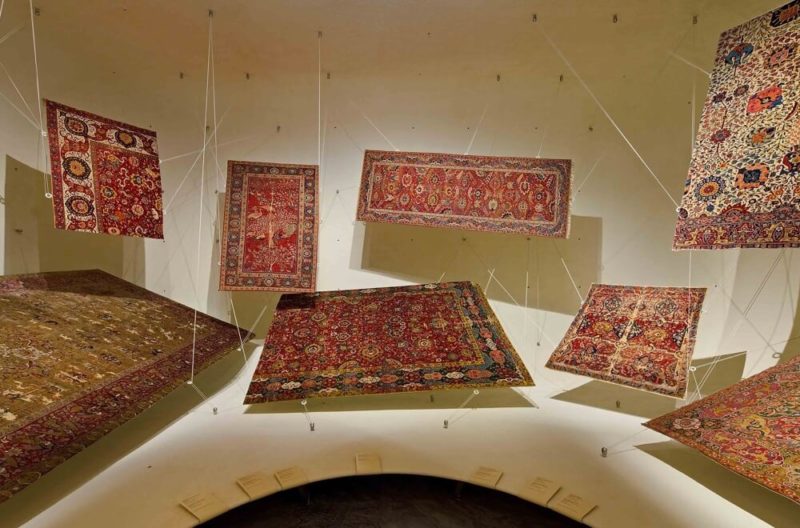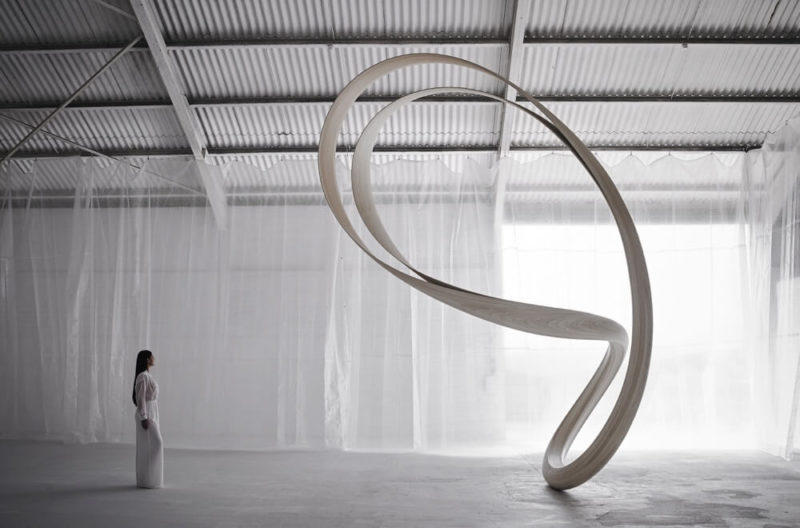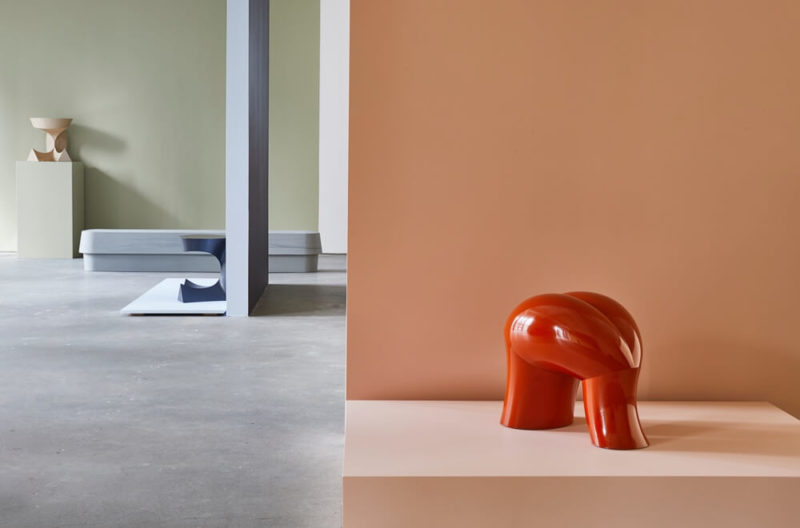
The Three Pillars of Design
Design historian Glenn Adamson teases out the origins and values of collectible design.
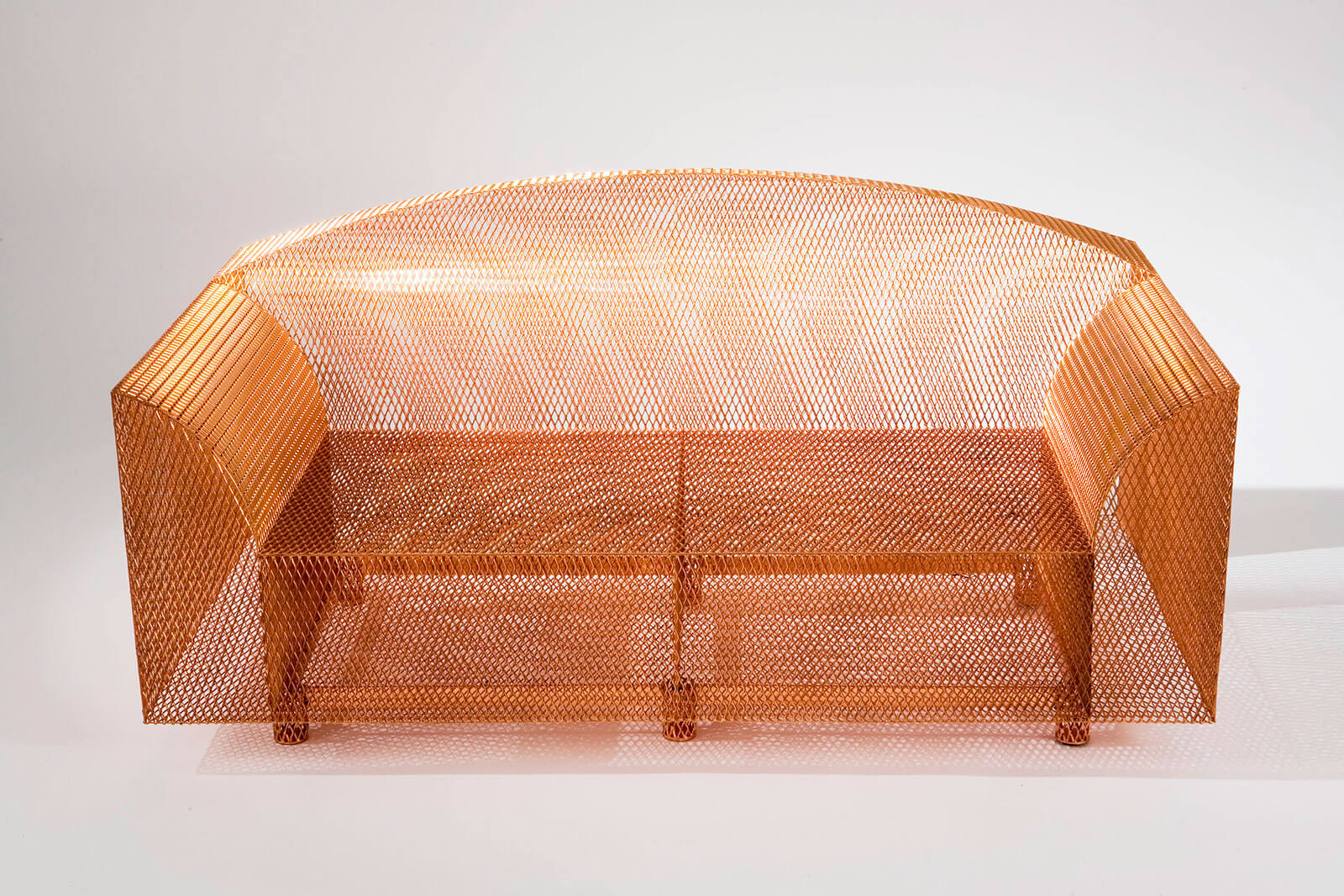
Shiro Kuramata, ‘How High the Moon’, 1986
COURTESY: Friedman Benda and Shiro Kuramata
THE NOMENCLATURE HAS never been easy. Readers of The Design Edit will know what I’m talking about: how should we name the objects that appear in these pages? Things that may have a function, but are not defined by it; that inhabit the vicinity of furniture, vessels and other types of objects, while also departing from expectation; that fuse advanced technology with artisan technique; that assert objectness itself as a critical concept?
Attempts have been made, over the years, to erect a terminological tent under which these hard-to-categorise works can comfortably shelter. For a time, the favoured phrase was ‘Design Art’, which the auctioneer Alexander Payne coined for a sale in 1999, and abandoned about a decade later. More recently, ‘Collectible Design’ has been making the rounds. Both of these terms were born in the marketplace. Practitioners (artists, designers, makers) have never had much interest in adopting either one – or any other clear-cut descriptor, for that matter.
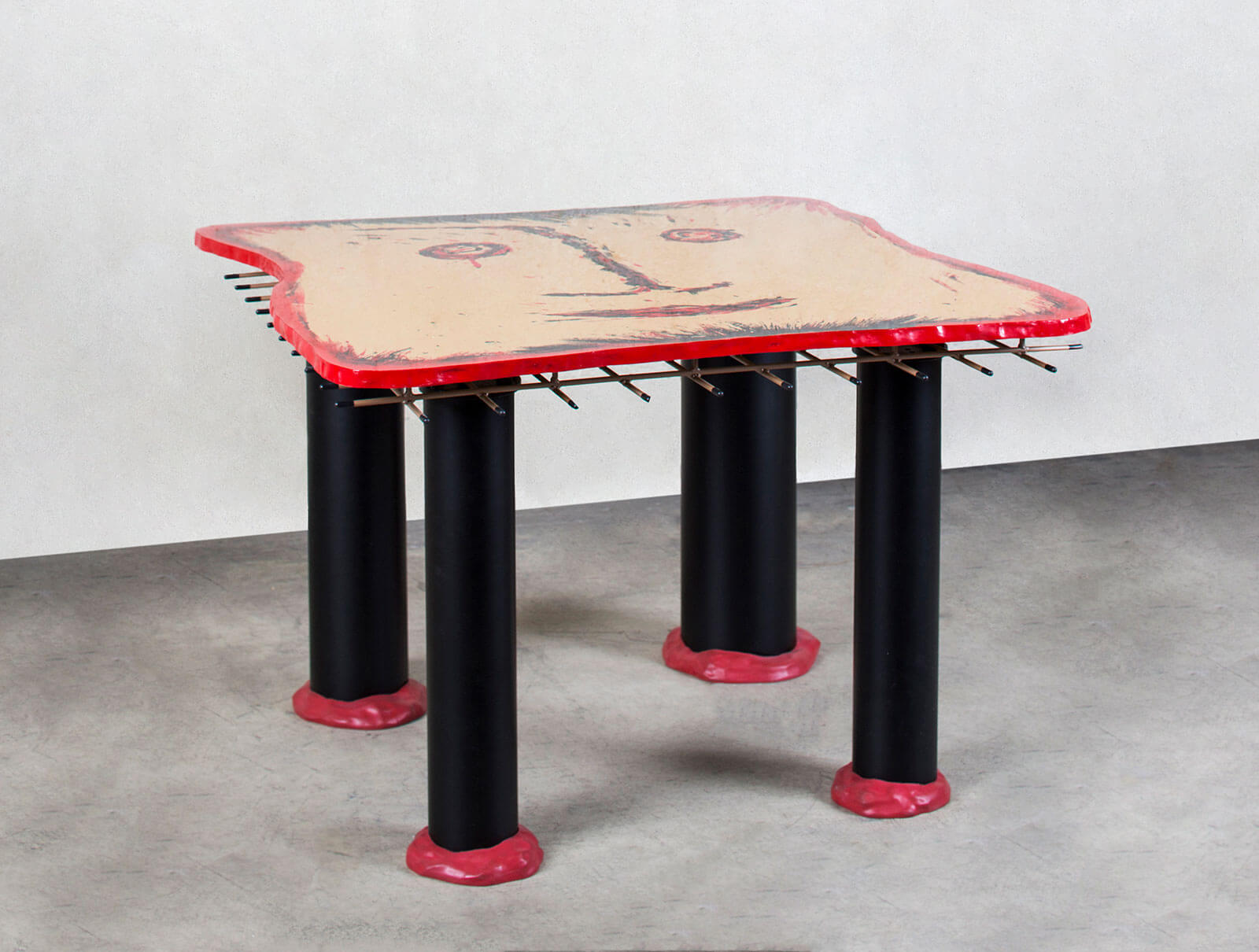
Gaetano Pesce, ‘Sansone II’, 1987
COURTESY: Friedman Benda and Gaetano Pesce / PHOTOGRAPH: Daniel Kukla
This is not going to be an essay about taxonomy, you’ll be glad to know. But the apparent confusion around naming does point to the importance of clearer definition. This is what I aim to do here, by exploring the three primary pillars that make up the field’s foundation: radical design, studio craft and practice-based research.
Two terms are conspicuously missing from this list – industrial design and fine art – and it might make sense to begin by explaining their absence. Payne’s framing of the field notwithstanding, contemporary design does position itself in opposition to these two larger fields, thus establishing its own territory of operation. That territory is a fascinating midground, pitched somewhere between industrial instrumentality – the shaping of mass-manufactured goods – and artistic autonomy.
A telling detail, in this respect, is the mechanism of the limited edition. Neither unique, like most artworks, nor realised in long production runs, contemporary design objects are often made in small batches with limited internal variation. This control of quantity and quality points to a very specific attitude: a culture of experimentation and realisation, in which ambitious ideas are tested to the point of verifiability, and no further.
To be sure, nothing these days happens in a vacuum. Contemporary designers regularly cite fine art as an influence on their work, and they are often interested in aesthetics and poetics. Equally, the field engages with problem-solving and “form giving”, which are rightly associated with industrial product development. But none of these aspects is actually core to the project. Instead, contemporary design explores those territories to which it is uniquely well suited: experimentation across a diversity of materials, and the complex possibilities that arise when human bodies and inanimate objects meet.
Radical Design
This brings us to our three pillars, for in them we find the stable foundation for present-day activity. First, radical design, which emerged in Italy in the late 1960s, a fractious place and time. Even as a new politicised generation sought to challenge traditional structures of authority – the church, the academy, and the patriarchal family – American-style consumerism and mass media was flooding Italian homes (all this is beautifully depicted, incidentally, in the recent televised version of Elena Ferrante’s My Brilliant Friend).

Andrea Branzi, ‘Stones 2A’, 2011
COURTESY: Carpenters Workshop Gallery and Andrea Branzi
Young architects in Italy had little opportunity to build, but they could and did organise themselves into groups – Archizoom, Superstudio, Studio Alchimia and Memphis are the best known – and collaborate on prototypes, films, exhibitions and texts, all examining the new domestic landscape. As Archizoom’s Andrea Branzi has recently recalled, “Modernity was always something foreign, something alien [in Italy]. And this was to our advantage somehow, since what we were doing was also a way of conceiving a different kind of modernity.” While radical design activity was difficult to sustain, given its fierce opposition to capitalist business-as-usual, it managed to survive in the margins of industry. To some extent – a sign of the restless times – it was supported by the very institutions that it set out to challenge, as was the case with Bracciodiferro, an experimental R&D workshop established at Cassina at the behest of designer Gaetano Pesce. This avant garde model proved successful enough that it was picked up in other countries, including Japan (Shiro Kuramata), Britain (Ron Arad), and the Netherlands (Droog).
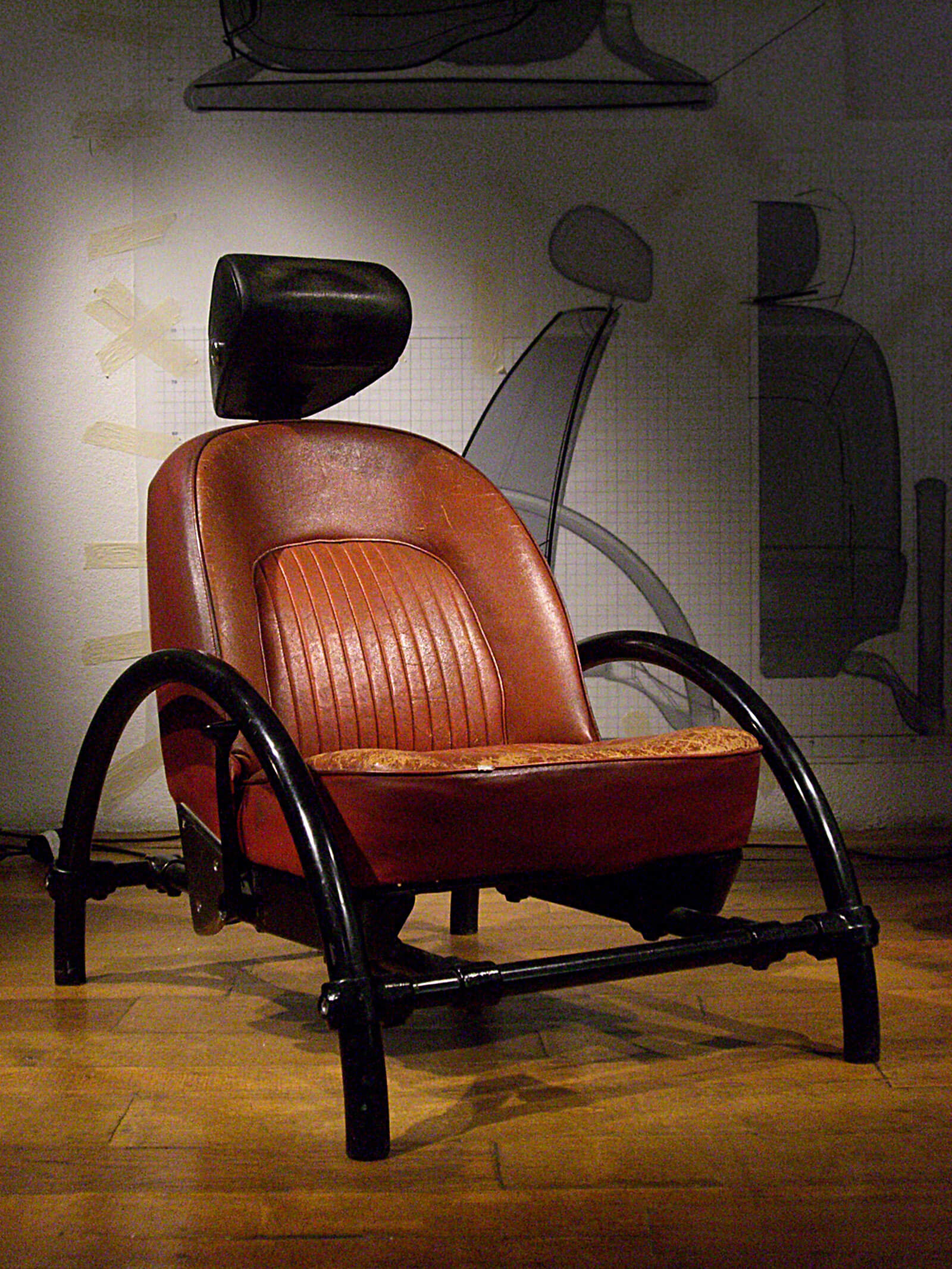
Ron Arad, ‘Rover Chair’, 1981
COURTESY: Ron Arad
Studio Craft
The second pillar of contemporary design practice, studio craft, has a very different history. Though it had some important precursors in the 1930s, this movement established itself in the US only after World War II, energised by soldiers returning from the war. Many of them took advantage of the GI Bill, which paid for their education; this in turn fuelled a dramatic expansion of craft programmes in colleges and universities.
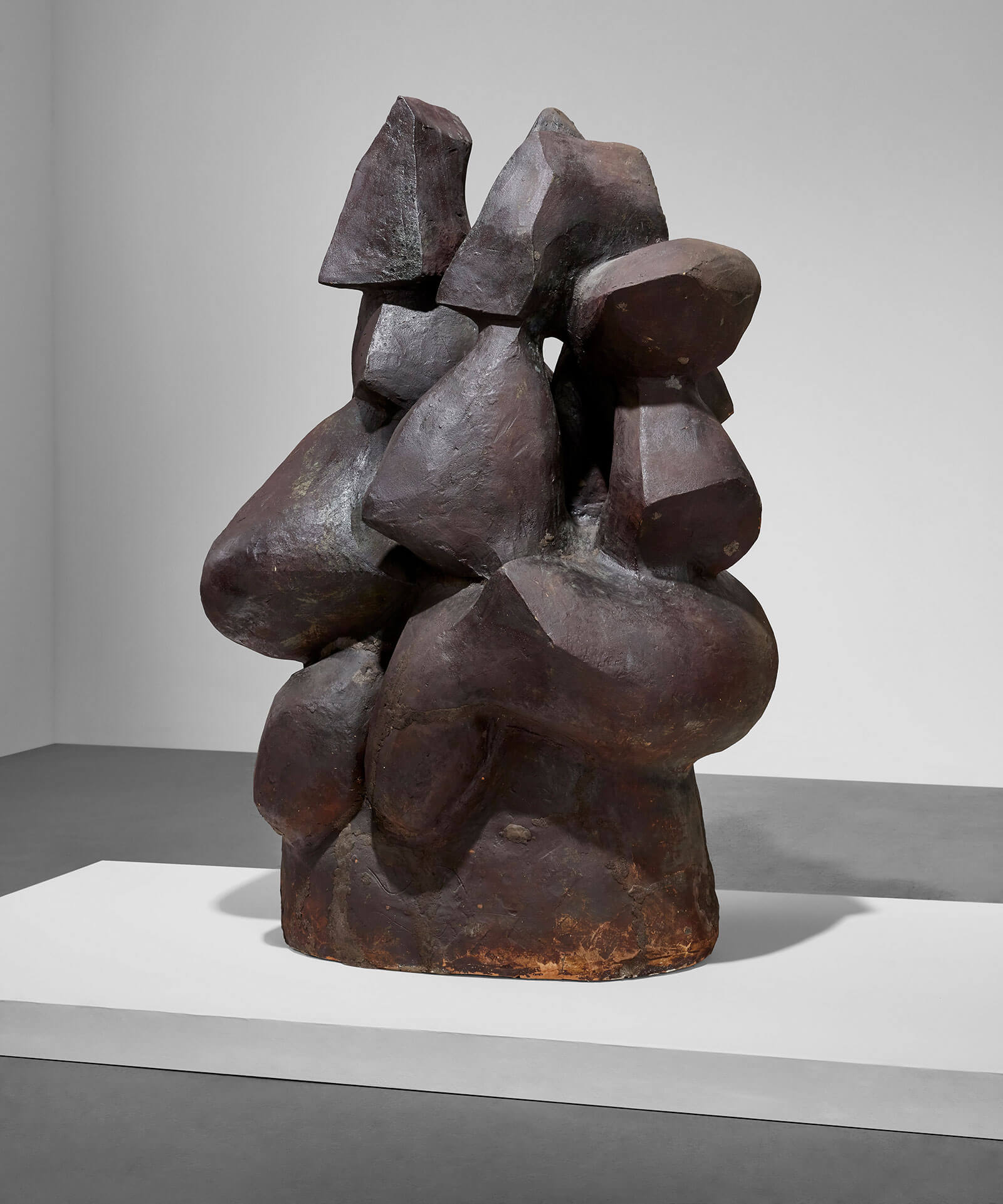
Peter Voulkos, ‘Black Bulerias’, 1958
COURTESY: Phillips
Though studio craft, like radical design, was a reaction against postwar consumer culture, the solutions it offered were not explicitly political, being oriented instead to personal aesthetics. There was vigorous debate within the movement about its goals and means – particularly surrounding the question of art status, which haunted studio craft throughout its half-century of currency. But everyone involved knew that individual productive capability was key. Whether making technically innovative weavings (Dorothy Liebes), groundbreaking sculptural furniture (Wendell Castle), progressive abstract jewellery (Art Smith), or expressionist totems in clay (Peter Voulkos), the figures operating in this context grounded their creativity on their own skill and material know-how. The studio movement was also notable for its encompassing global view of creativity, absorbing techniques from so-called ‘traditional’ cultures, which had retained a material intelligence accumulated over many generations.
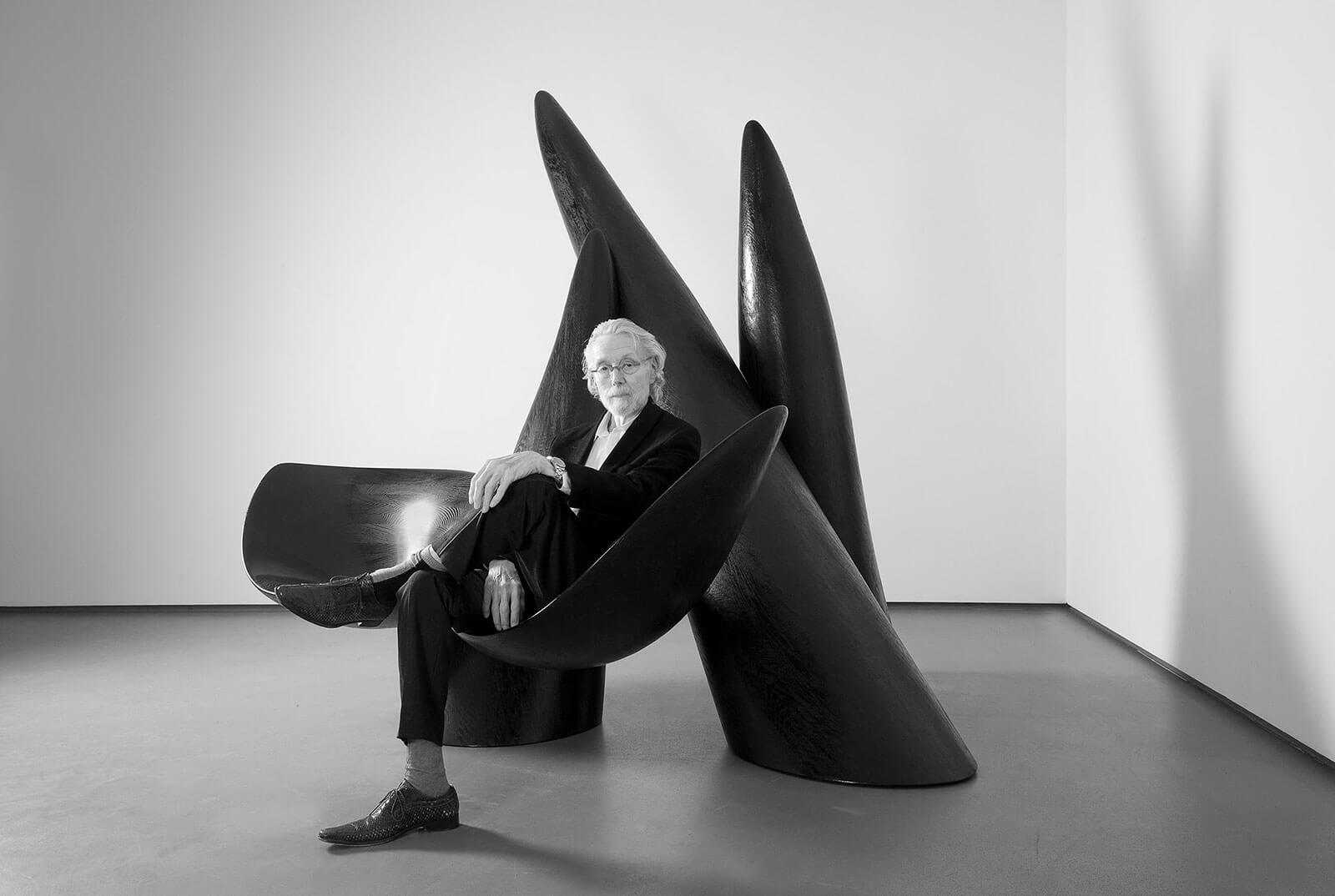
Wendell Castle with ‘Standing Tall’, 2016
COURTESY: Carpenters Workshop Gallery and Wendell Castle
Practice-based Research
Higher educational institutions have also been a crucial setting for practice-based research. This last pillar is a little more obscure than the other two – a history yet to be written. One subplot in the narrative was the conversion of British professional trades schools (the so-called ‘polytechnics’) into universities. This meant retooling craft and design programmes according to a logic originally devised for Humanities and Social Sciences subjects, converting vocational courses into research pathways. Not coincidentally, this was the context in which design history itself emerged and matured as a discipline, to provide practitioners with an intellectual context for their work. Over time, it also led to new creative formations such as Master’s degrees in Speculative Design (as pioneered at the Royal College of Art by Anthony Dunne and Fiona Raby), and practice-led doctoral degrees.
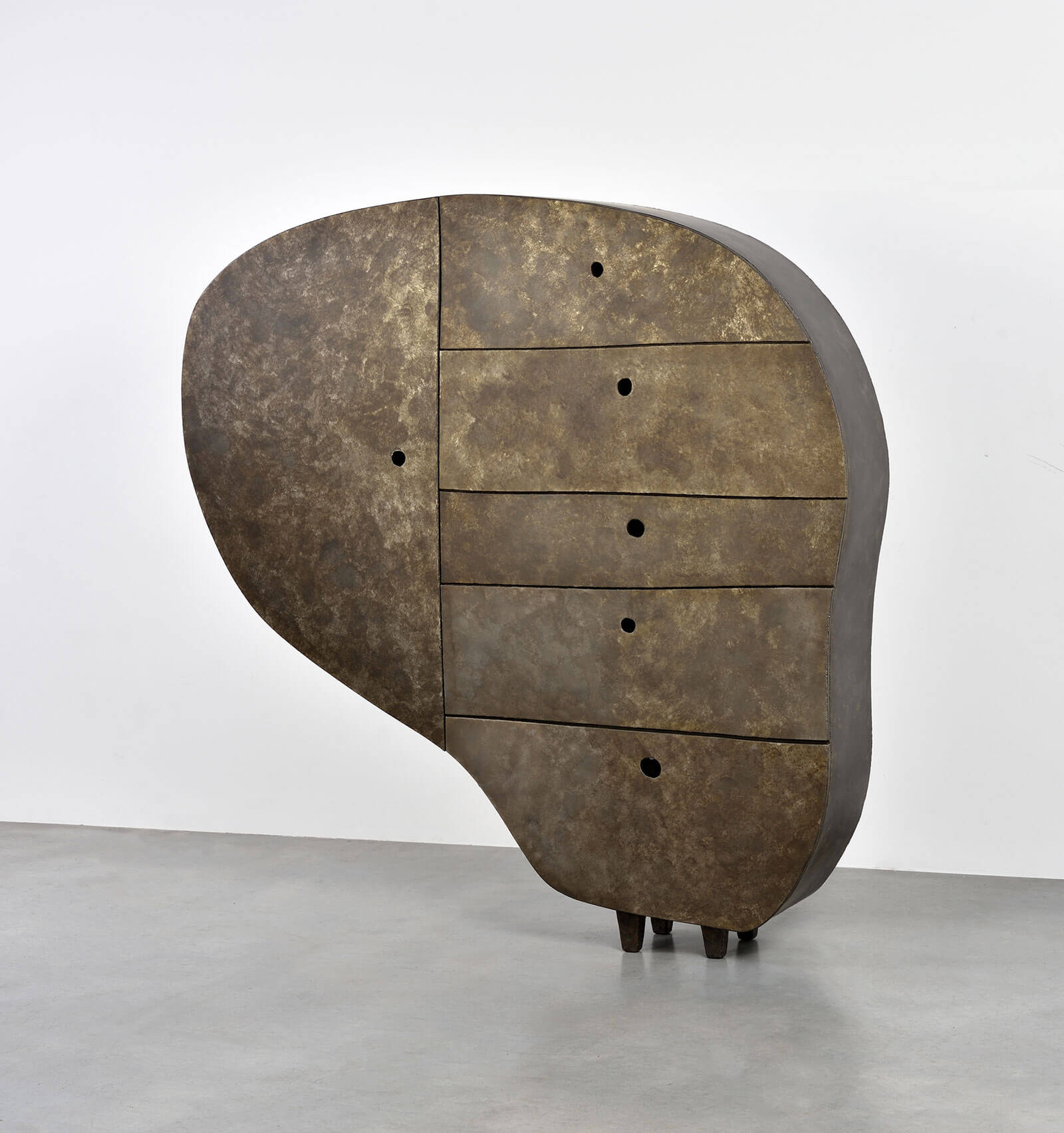
Maarten Baas, ‘Close Parity Asymmetric Cabinet’, 2016
COURTESY: Carpenters Workshop Gallery and Maarten Baas
Similar developments were happening in other countries. In Scandinavia, robust government grants helped to reshape schools like Konstfack, in Stockholm, insulating both faculty and students from the otherwise unforgiving economics of independent design practice. In the Netherlands, the visionary trend forecaster Li Edelkoort was transforming Design Academy Eindhoven into a think tank organised according to ambitious intellectual rubrics like ‘Man and Wellbeing’. Talents like Maarten Baas, Studio Job, Jeroen Verhoeven and Joris Laarman all emerged from the programme during Edelkoort’s ten-year reign (Hella Jongerius had studied there too, a little earlier).
Even this admittedly brief overview helps to explain the particular contours of this subfield of contemporary design: why certain figures from a previous generation are still so relevant for younger practitioners; why schools like the Rhode Island School of Design and Cranbrook (both redoubts of the studio craft movement), the Royal College of Art, Konstfack and Eindhoven remain so influential; and even why apparently opposed phenomena – handmade ceramic sculpture and fibre art, and artefacts made at the very limits of technical feasibility – seem so compatible to us.
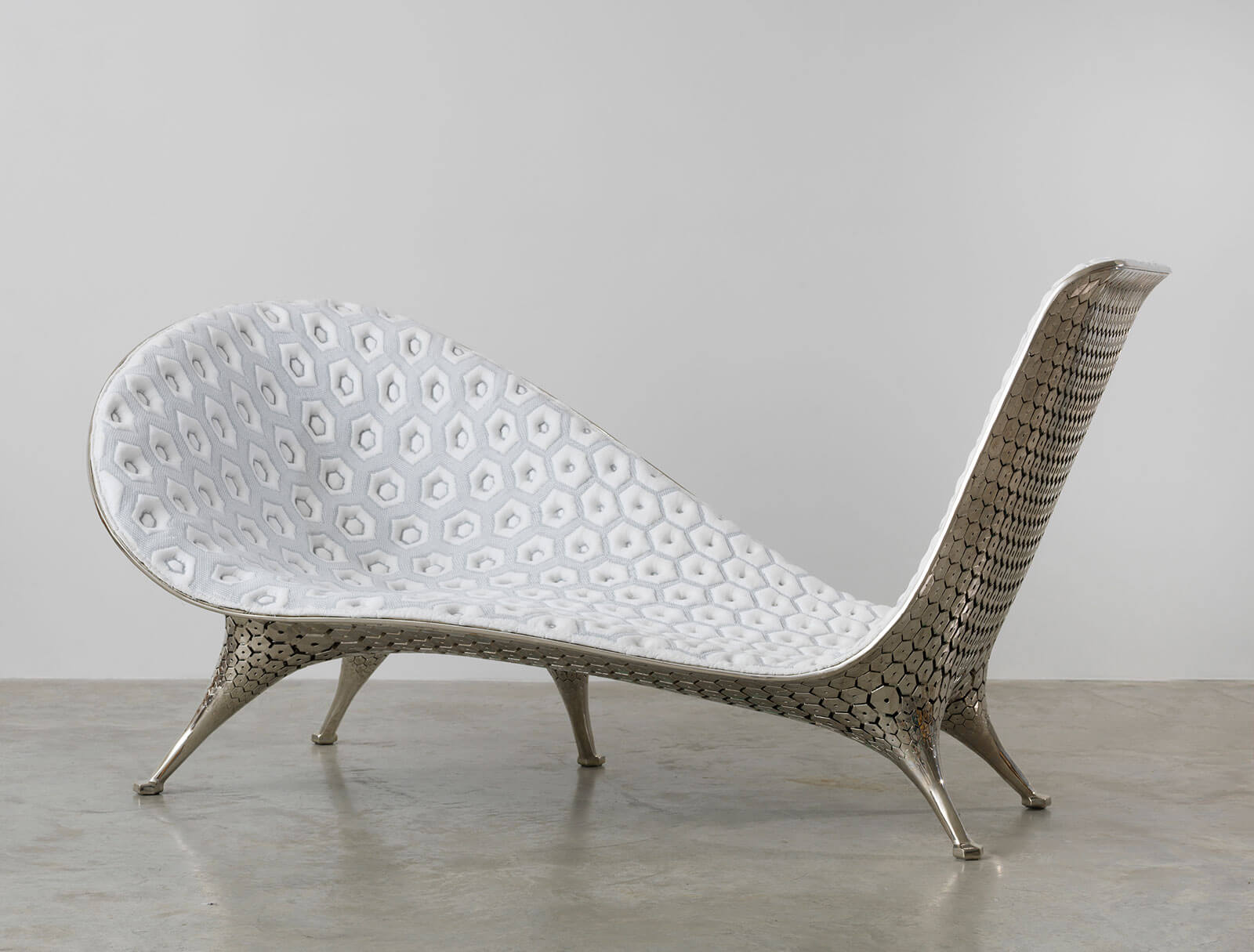
Joris Laarman, ‘Gradient Lounge’, 2014
COURTESY: Studio Joris Laarman
Still more importantly, seeing the three pillars in relation to one another helps us to notice the intriguing parallels between these apparently disparate lineages. Each one purposefully distanced itself from mainstream commercial imperatives: radical design because of its ideological commitments; studio craft by virtue of its culture of self-reliance; and practice-based research thanks to its academic orientation. This allowed designers in all three contexts to foreground their own personal vision, free from the demands of clients or the mass market. Yet – the point bears repeating – this did not necessarily make them artists. In all three cases, individualism was put in the service not of self-expression per se, but of investigating classic designerly questions: Can we find totally new ways to make things? How might the social fabric be re-cut and rearranged? How can we create and inhabit a better, smarter, more sustainable built environment?
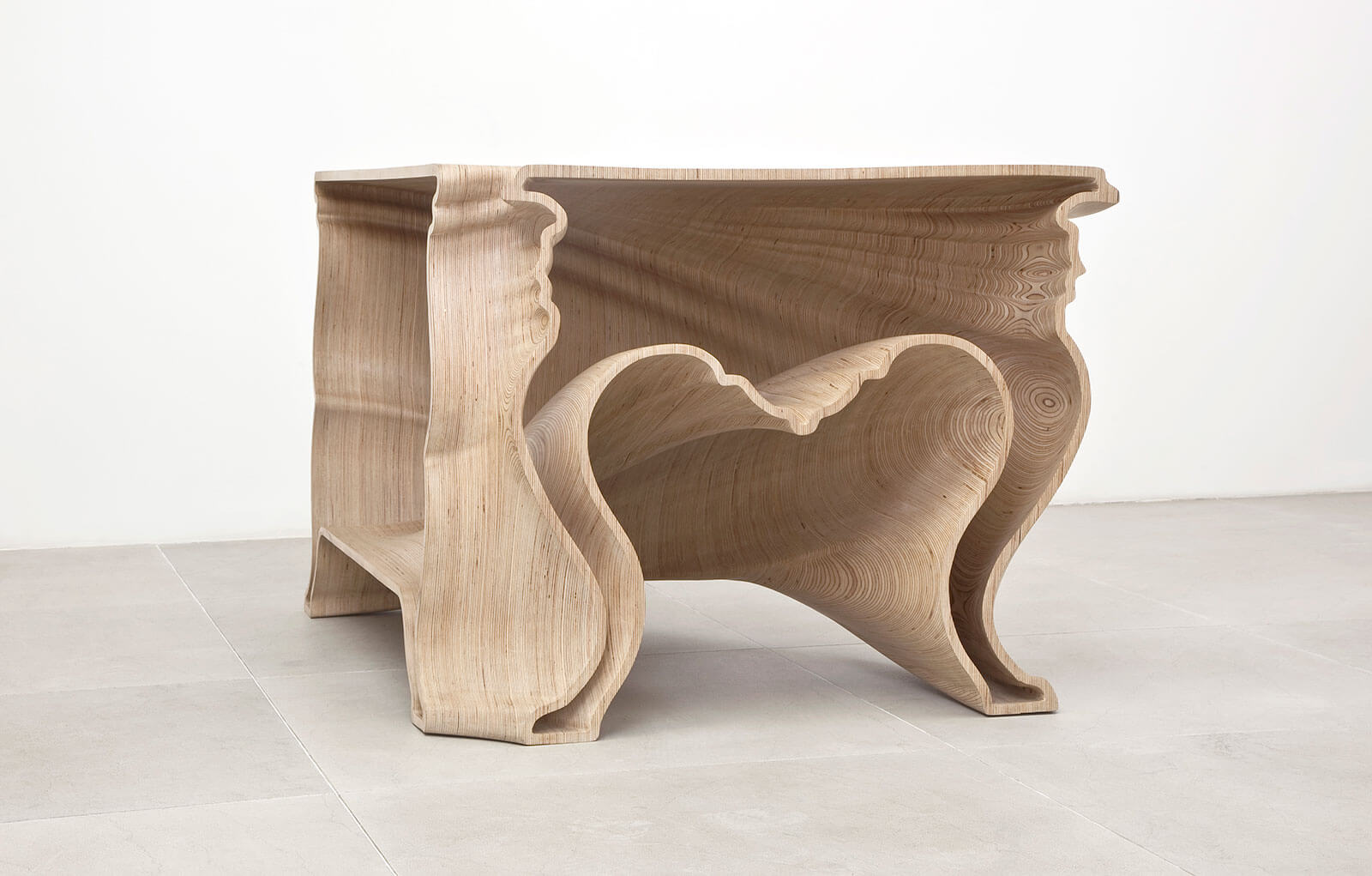
Verhoeven Twins, ‘Cinderella Table’, 2004-2007
COURTESY: Phillips
In addressing these topics, contemporary designers have generally avoided large-scale solutions, instead creating work that is prototypical and evocative. It’s liberated thinking, but it’s no free-for-all. The best in the field combine the features of all three pillars: the critical thinking of radical design, the inventive making of studio craft, and the rigorous, iterative process of practice-based research, all at once.
The Future
Serious challenges lie ahead. New technology has virtualised the self, raising the possibility of ever more fluid conceptions of identity. What was once an anchor may become more like the open sea. A long overdue recognition of contemporary design’s blind spots – its historic exclusion of women and people of colour – has unfolded, reflective of a society-wide reckoning with patriarchy and white supremacy. As part of this vital shift in outlook, some believe that a new ‘intersectional’ understanding of selfhood is in order. And then there’s the greatest challenge of all, climate change, an existential reminder of just how much we’re all in it together.
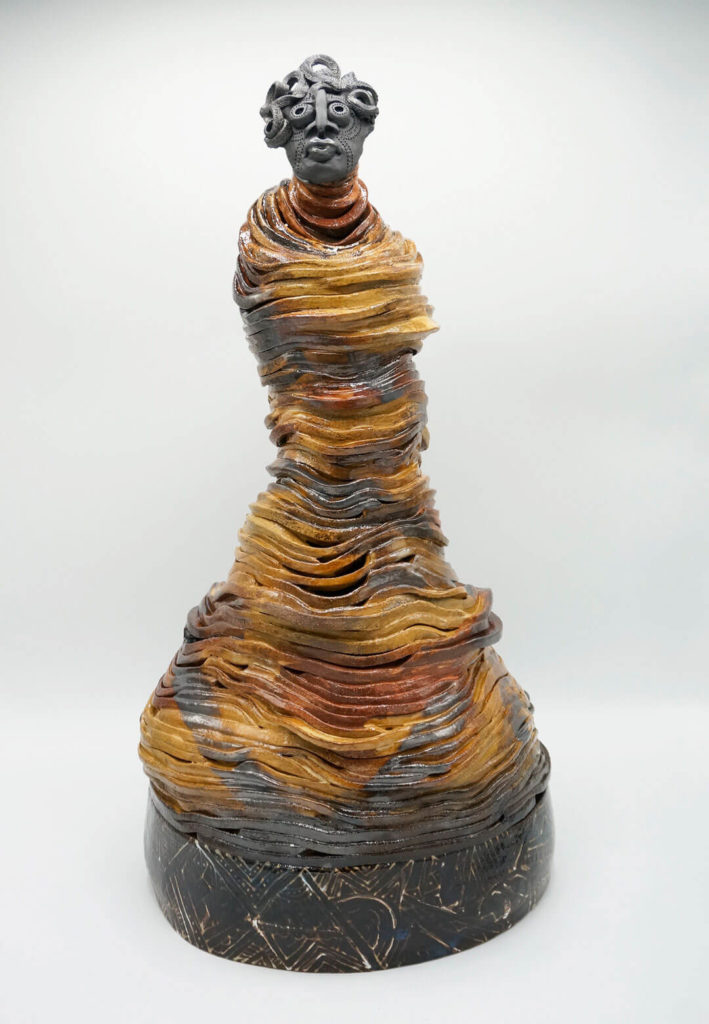
Malene Barnett, ‘Hope’, 2020
COURTESY: Malene Barnett
All of these factors represent seismic shifts in individualism itself. Will the stability offered by three pillars be shaken to bits? Perhaps so. But if that’s what happens, contemporary designers will still be in a good place. For no other field has a more potent combination of ideas, tools and methodologies at its disposal. Call it what you will; I say it’s the future.
Find out where to pick up your copy of The Design Edit print issue 1 here.




